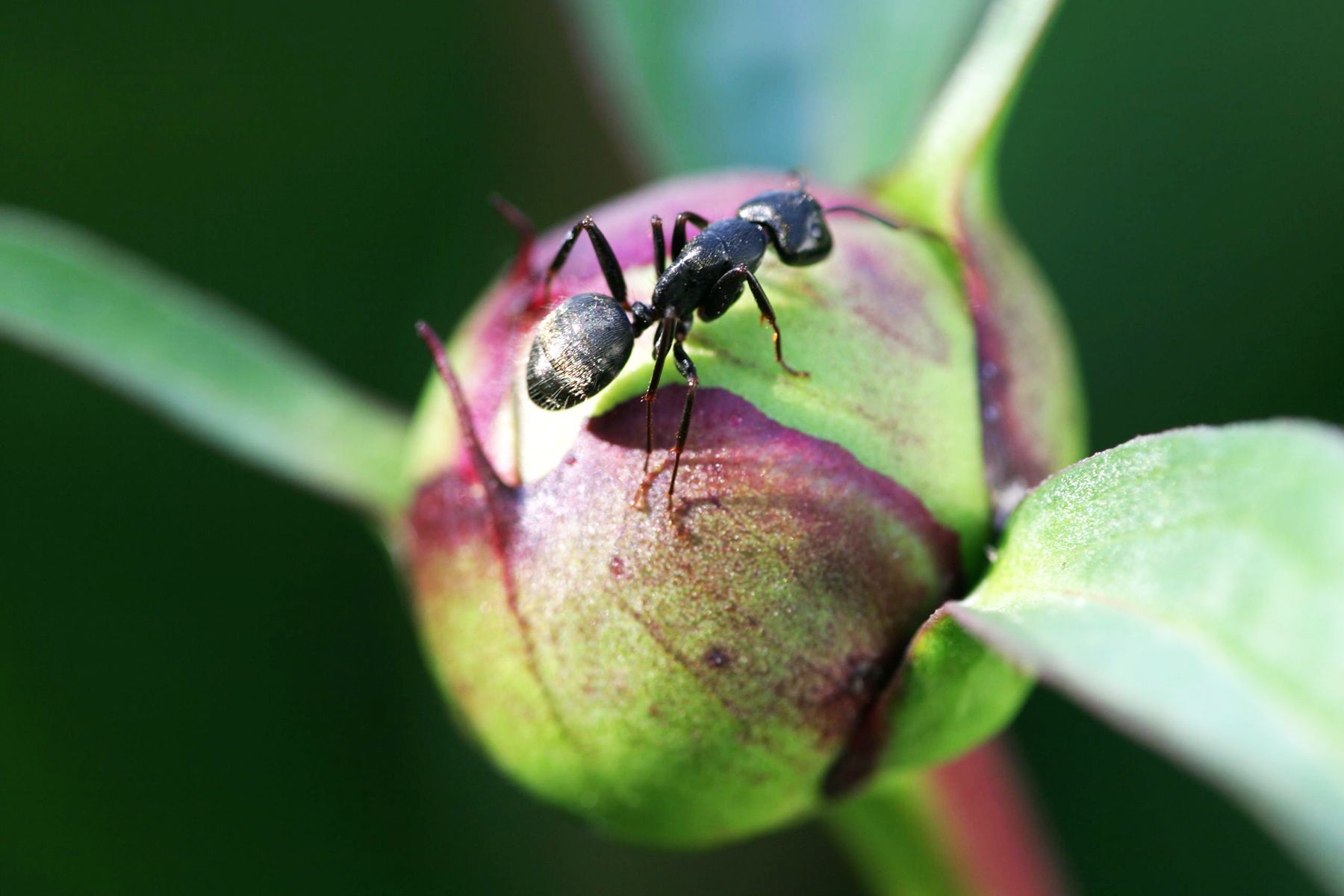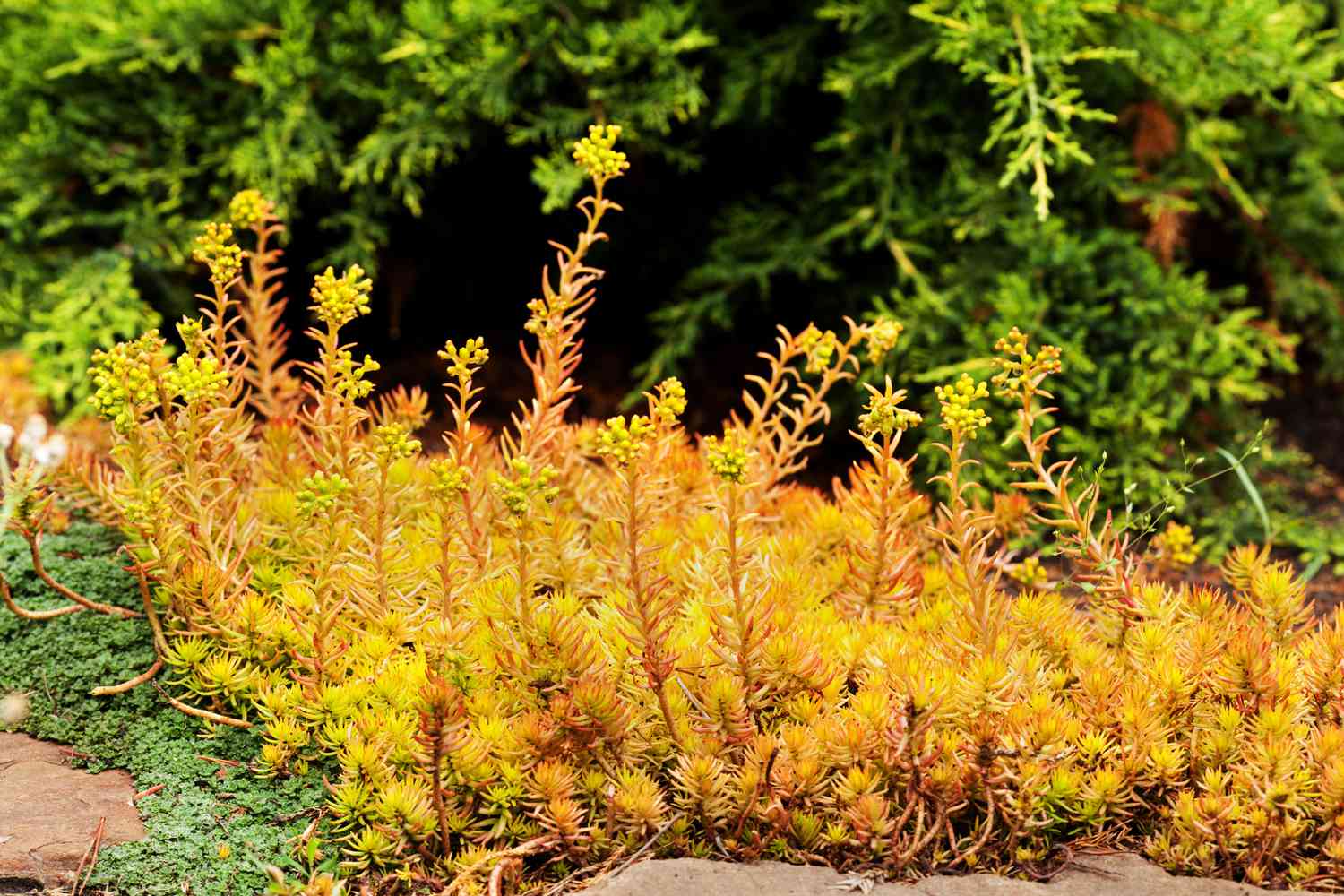
Experts Say These Will Be the Worst Pests in Your Region This Year
Spring and summer always get buggier, but the National Pest Management Association (NPMA) is revealing some timely predictions to help you better prepare your property for what’s to come. Their bi-annual Bug Barometer forecast uses data and insight from entomologists to track pest activity across the country.
The latest report shares where and when common pests will start infiltrating indoor and outdoor spaces. Use this information to guide your springtime maintenance tasks (take those ant-focused precautions to keep them outside!).
About the Bug Report
The Bug Barometer report tracks weather patterns and activity of common pests, including mosquitoes, ticks, ants, rodents, termites, and cockroaches. Its release comes just as the CDC alerted the public about the rising risk of dengue due to mosquito populations. This warning underlines that pests aren’t just a nuisance—they can spread disease and cause significant property damage.
“Spring and summer are already peak pest seasons, so we know the bugs are coming,” said board-certified entomologist Jim Fredericks, PhD, in a press release. “But this year’s irregular weather patterns are accelerating pest activity, leading to earlier and more frequent encounters. Our Bug Barometer is a valuable tool to help people understand the type of pest activity to expect in their area so they can take steps early to protect their homes, families, and ultimately their health.”
Pest World
Which Pests to Expect in Your Region
The pest-filled map is split into seven key regions, each with its share of little friends to tackle. While ants are expected in the Northeast and termites in the South, this year’s forecast includes a few weather-driven surprises.
Northeast and New England
Soggy weather is making its way to the Northeast, and with it comes an influx of ants and ticks. Once summer hits, there will also be an increase of stinging insects to manage until fall.
Southeast
It’s already seasonably warm in the Southeast, bringing along tons of mosquitos and termites. Take extra caution after tropical storms in the summer—you’ll see even more mosquitos and a ton of flies.
Gret Lakes, Ohio Valley, and Midwest
The Great Lakes region has the unfortunate combination of warm, wet weather, which is prompting ticks to emerge earlier than expected. Once the summer heat hits its peak, you’ll also see mosquitos, ants, and stinging insects.
North Central
The North Central area of the U.S. is desert-like, which helps tamp down some common pests (albeit temporarily). Once the rain comes, so do ants and cockroaches. The report also predicts that ticks will arrive early this year.
South Central
If you live near standing water in the South Central U.S., it’s going to be hard to completely avoid mosquitoes. You’ll have a quick respite once the hot, dry summer weather comes. Not for long, though—heat brings more ants and cockroaches inside.
Northwest
The Intermountain region is bracing for an early and intense tick season, due in part to the warm, soggy spring weather. In the PNW, drier conditions will encourage household earwigs and cockroaches. A cool and dry summer will prolong the pest issues until fall.
Southwest
The Southwest is a mixed bag weather-wise. Spring moisture will encourage mosquitoes, but a hot, dry summer will also bring ants, cockroaches, and some bonus guests—rodents are expected to get into homes across the region.
To learn more about pest prevention and read NPMA’s Bug Barometer forecast in full, visit PestWorld.org.










